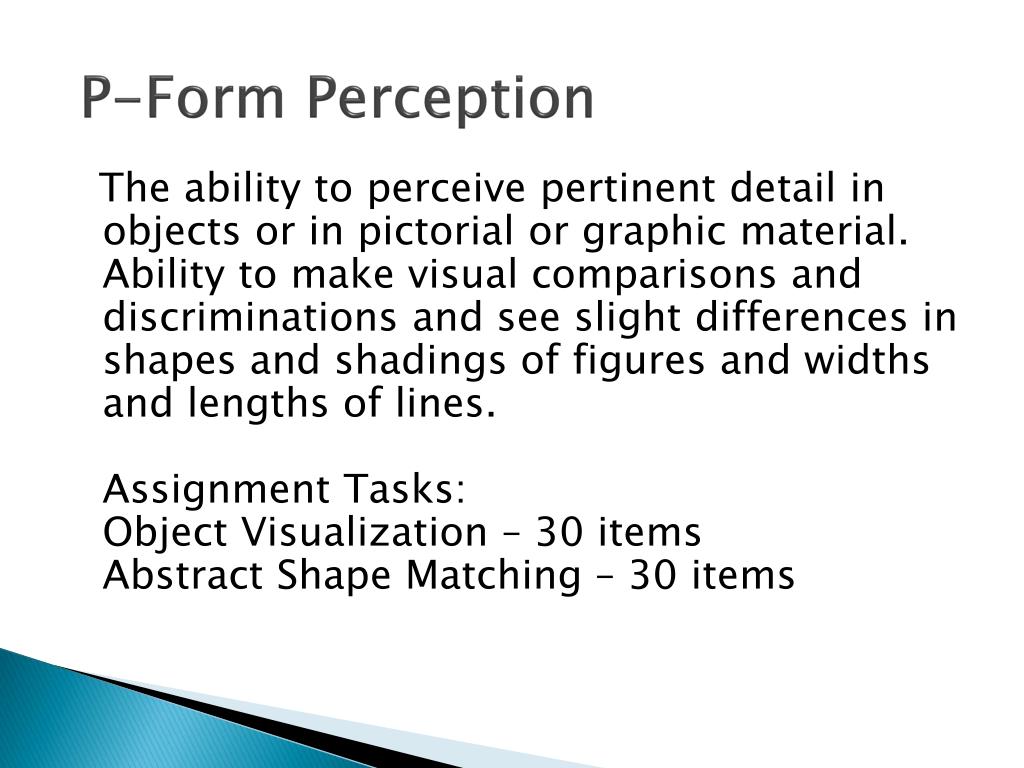

Peanut butter, cola, ice cream…each of these product categories have competitors vying to differentiate their products from one another. If consumers were to only rely on sensation, it is unlikely they would be able to draw any distinction between similar products. Ultimately, the perceptual process develops a consumer’s perception of a brand and formulates the brand’s position vis-à-vis the competition on what marketers call a positioning strategy. But how do we filter through the mass amounts of incoming information, organize it, and make meaning from what makes it through our perceptual filters and into our social realities? We respond differently to an object or person that we perceive favorably than we do to something we find unfavorable. Although perception is a largely cognitive and psychological process, how we perceive the people and objects around us affects our communication. This process includes the perception of select stimuli that pass through our perceptual filters, are organized into our existing structures and patterns, and are then interpreted based on previous experiences. Perception is the process of selecting, organizing, and interpreting information. After time, some of these stimuli become adapted and we seize to remark on their significance. Those that receive our attention we evaluate and interpret their meaning based on our methods of cognitive and behavioural processing. Through our sensory system, we are exposed to an infinite amount of stimuli, some of which we pay attention to, and some we tune out completely. The perceptual process begins when our sensory receptors (eyes, ears, tongue, nose, and skin) come in contact with sensory stimuli (sights, sounds, tastes, odours, and textiles) around us. This suggests that consumers’ visual interpretation alone can influence their overall attitude towards a product or brand. However, when the blindfolds came off and they drank the beer, many of them described it as “watery” tasting (Ries, 2009). Most of them said the product tasted like regular beer. For example, in one study, consumers were blindfolded and asked to drink a new brand of clear beer.

How you combine these senses also makes a difference. You do so via stimuli that affect your different senses - sight, hearing, touch, smell, and taste. Perception is how you interpret the world around you and make sense of it in your brain.


 0 kommentar(er)
0 kommentar(er)
